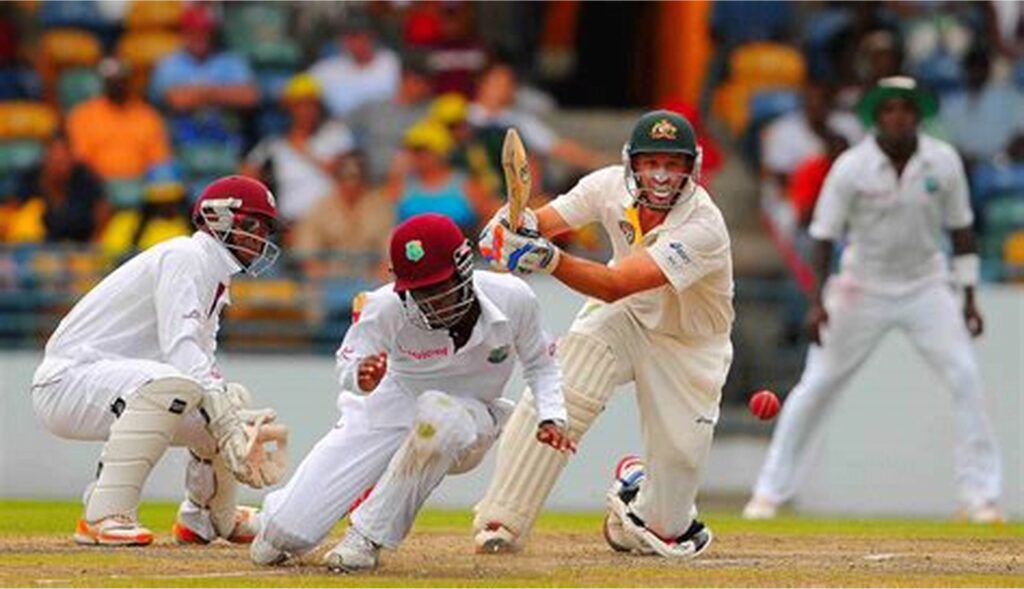Why Raphael was Right & What Crumpets, Tea, and Five-Day Matches Can Teach You About Cricket.
For the longest time, I found it frustrating to talk about cricket with my friends. Every cricket conversation ended with that infamous Raphael crumpet line from the Ninja Turtles movie: “You gotta know what a crumpet is to understand cricket!” They’d laugh, and that would be the end of it. No one took the sport seriously. And frankly, that used to drive me up the wall.
Then there’s the scene. What exactly is Casey Jones doing with that bat in that park scene? Why does he throw Raphael into a trash can like he’s making a slam dunk? To my friends, the whole takeaway was this: they didn’t understand cricket, and therefore, didn’t understand crumpets either.
And somehow, that became the joke. So, thank you, Raphael, for making me the odd one out back in middle school. For the record, Michelangelo was everyone’s favorite anyway. Typical.

What is this Cricket Crumpet Talk?
The 1990 movie Teenage Mutant Ninja Turtles brought the beloved comic book characters to life with live-action suits. It follows Leonardo, Donatello, Michelangelo, and Raphael as they fight crime in New York City.
Their mentor, Master Splinter, teaches them ninjutsu while living in the sewers. The film blends humor, action, and heart as they battle the Foot Clan. It became a cult classic and launched a long-lasting film franchise.
The joke in that “crumpet” scene, of course, is that Raphael also doesn’t understand how cricket works. He just thinks of the most British thing and a crumpet comes to mind. It’s not a bad guess.

Casey, Let’s Hear Raphael Out About This Cricket & Crumpet Talk
But lately, I’ve been reflecting on it. Maybe Raphael had a valid point after all. Maybe it wasn’t just a joke. Let’s be fair—he didn’t exactly get time to explain himself before Casey launched him halfway across Central Park.
Perhaps he was trying to share some wisdom. After all, being named after Renaissance artists might imply a bit of sophistication.
So, I decided to dig a little deeper into that line. I examined it—and myself—a bit more. And to my surprise, I realized something: Raphael was right. You do need to understand what a crumpet is to understand cricket. But it takes a while to get there. So, please. Let me explain.
All About Cricket and Crumpets
A crumpet is a baked snack similar to a cupcake or muffin, but softer and spongier—almost like a shortcake. It’s a light treat, especially common in the UK. You’ve probably heard the phrase “tea and crumpets” before. It’s not just quaint British jargon. It represents a rhythm, a culture—and that includes cricket.
Typically enjoyed toasted with butter, a crumpet is known for its distinctive holes on top and is a classic companion to tea in British cuisine. But let’s talk cricket.
The most traditional and demanding format is called a Test Match. These games stretch over five full days. Yes, five days. And before you scoff—stay with me. If that sounds excessive, you’re not alone. But calling Test cricket boring misses the entire point.
It isn’t an elitist indulgence. It’s a true examination of endurance. And perhaps that’s what Raphael wanted to express—before things got violent.

Cricket is a 9 to 5 Just with Balls Launched at Your Head
Think of a Test Match like a rigorous workweek. It’s blue-collar. It’s gritty. Every day from Monday to Friday, players put in serious hours. They’re on the field from 11 a.m. to 6 p.m.
By day’s end, hands are blistered from the bat and legs are weary from the field. And then they do it all over again the next day. That’s not your average sport. That’s commitment. That’s Test cricket.
Most sports wrap up in a couple of hours. Test cricket spans five days of strategic and physical play. It demands real stamina. Mentally and physically. It’s a full-time endeavor.
Like any full-time job, there are scheduled breaks. Cricketers clock in at 11 a.m. and play for two hours. Then, just like many workers, they get a lunch break at 1 p.m. It lasts for about forty minutes. Then it’s back to business. This continues every day for a full workweek.

It’s All About the Cricket & Crumpet Tea Break
After another two hours of play, players pause again at 3:40 p.m. for a short break. That break is called the “tea break.” Some people might call it the “tea interval,” but those people are pompous.
The tea interval is a scheduled break during longer formats of cricket, like Test matches and first-class games. It usually occurs after the second session of play. The break typically lasts 20 minutes. Players use this time to rest, rehydrate, and refocus. It often includes snacks, with tea and crumpets being traditional in some countries.
And what pairs naturally with tea? You guessed it—crumpets. That familiar phrase, “tea and crumpets,” finally fits into the context. After tea, play resumes at 4 p.m. Cricketers grind for another two hours. And at 6 p.m., the day concludes—unless there’s overtime.
And yes, overtime is common. So now, the picture becomes clearer. Raphael wasn’t making a random joke. He was suggesting something deeper.

Cricket & Crumpets: A Conclusion
Cricket isn’t just another sport. It’s not interchangeable with baseball, hockey, or anything else in Casey Jones’s arsenal. Cricket demands discipline. It requires time. Monday through Friday—nine to five.
And if you don’t understand that, you probably don’t understand what a crumpet is either. Because the crumpet is part of the culture. It’s part of the grind. It’s part of the game.
So yes, Raphael had a point. Understanding crumpets is a small step toward understanding cricket. And understanding cricket? That’s understanding dedication. Well played, Raphael. Well played.

The World’s Only Cricket Anime Deserves Its Place in History
Any cricket fan who considers themselves a fan of anime and manga is very familiar with TMS Entertainment. TMS has also made its name in America with 1980s and 90s greats like The Real Ghostbusters, Rainbow Brite, Duck Tales, and Batman: The Animated Series. So, yeah. TMS Entertainment is kind of a big deal. But it’s high time we give respect to their little-known cricket masterpiece, Suraj: The Rising Star. Read everything you need to know about Suraj: The Rising Star here!





